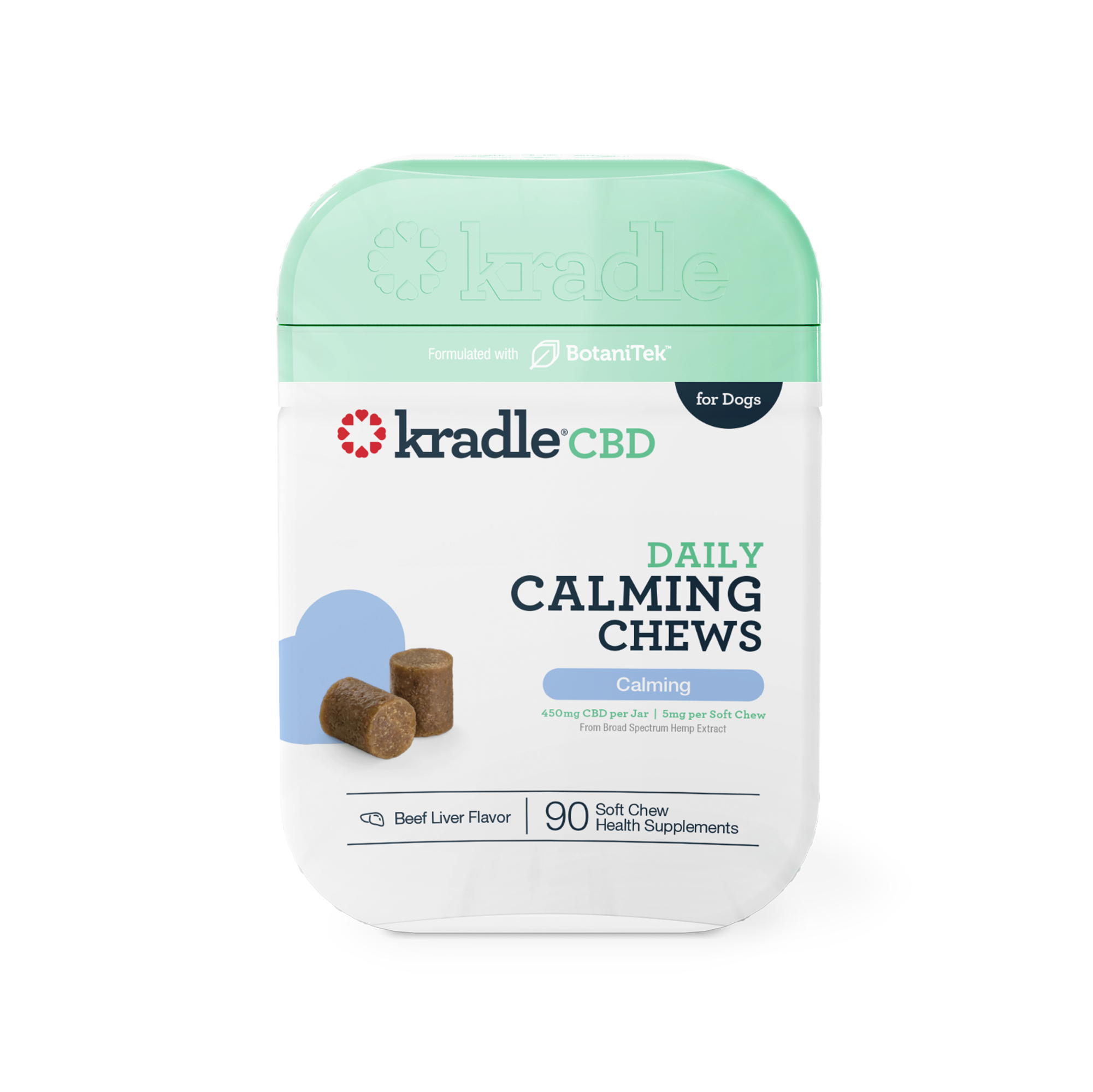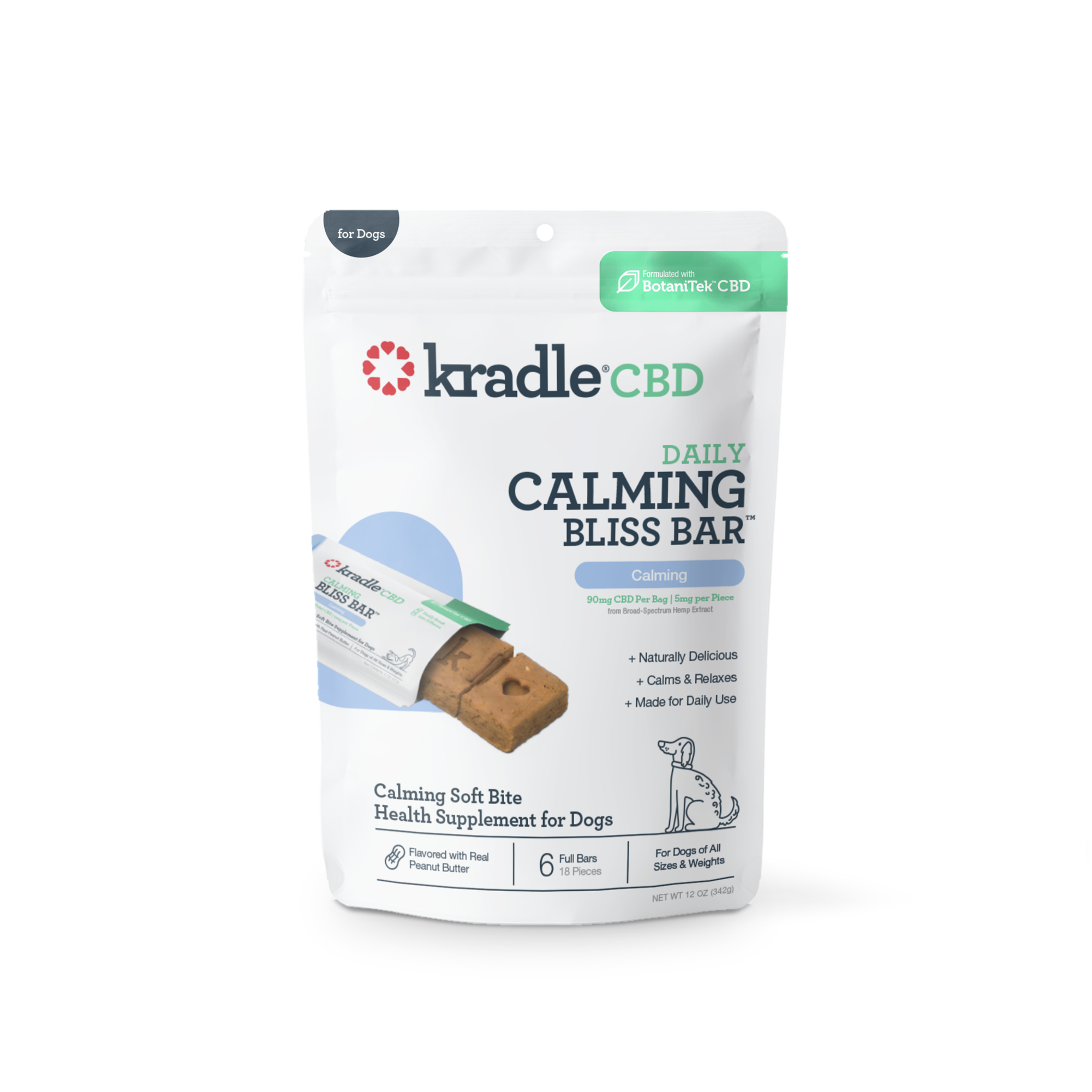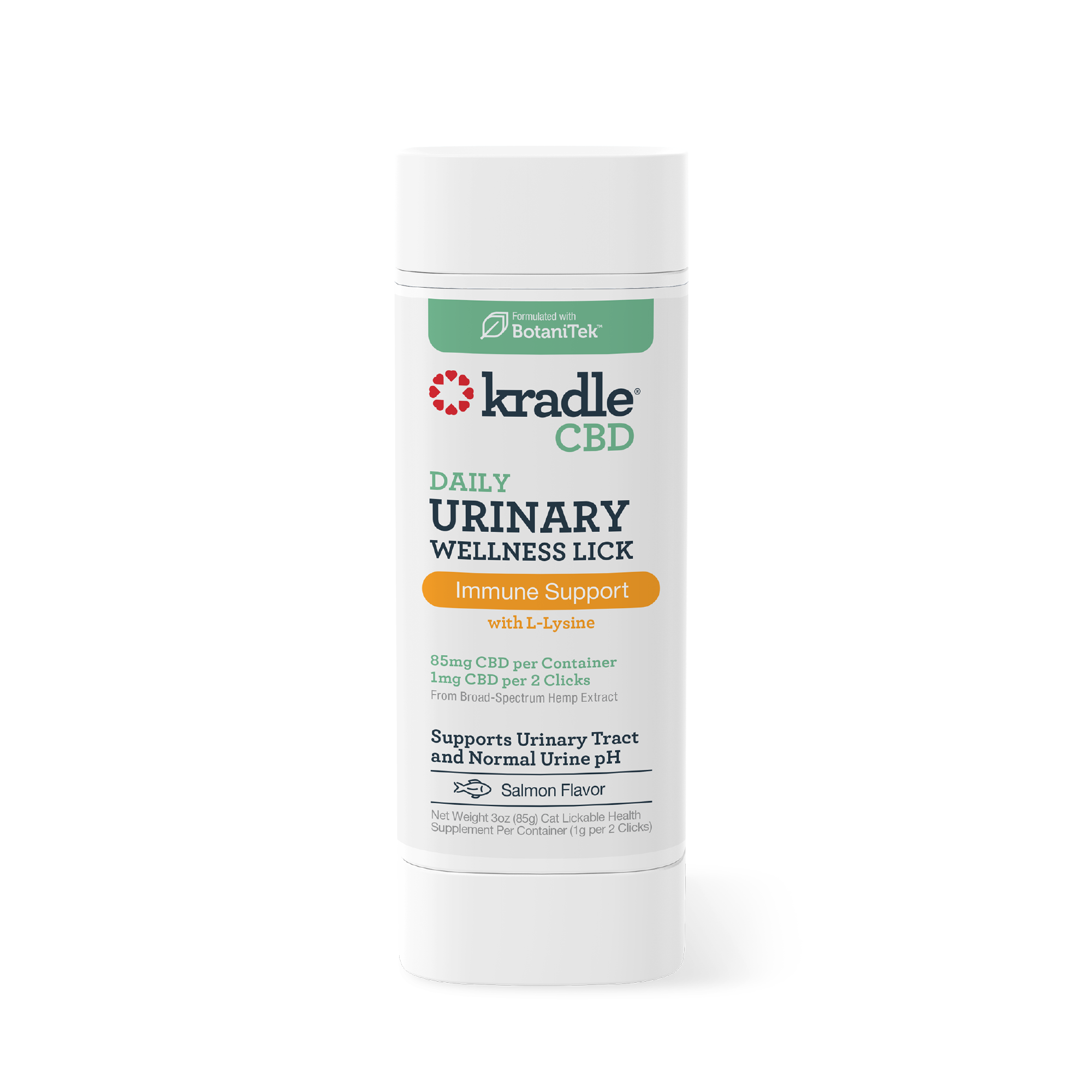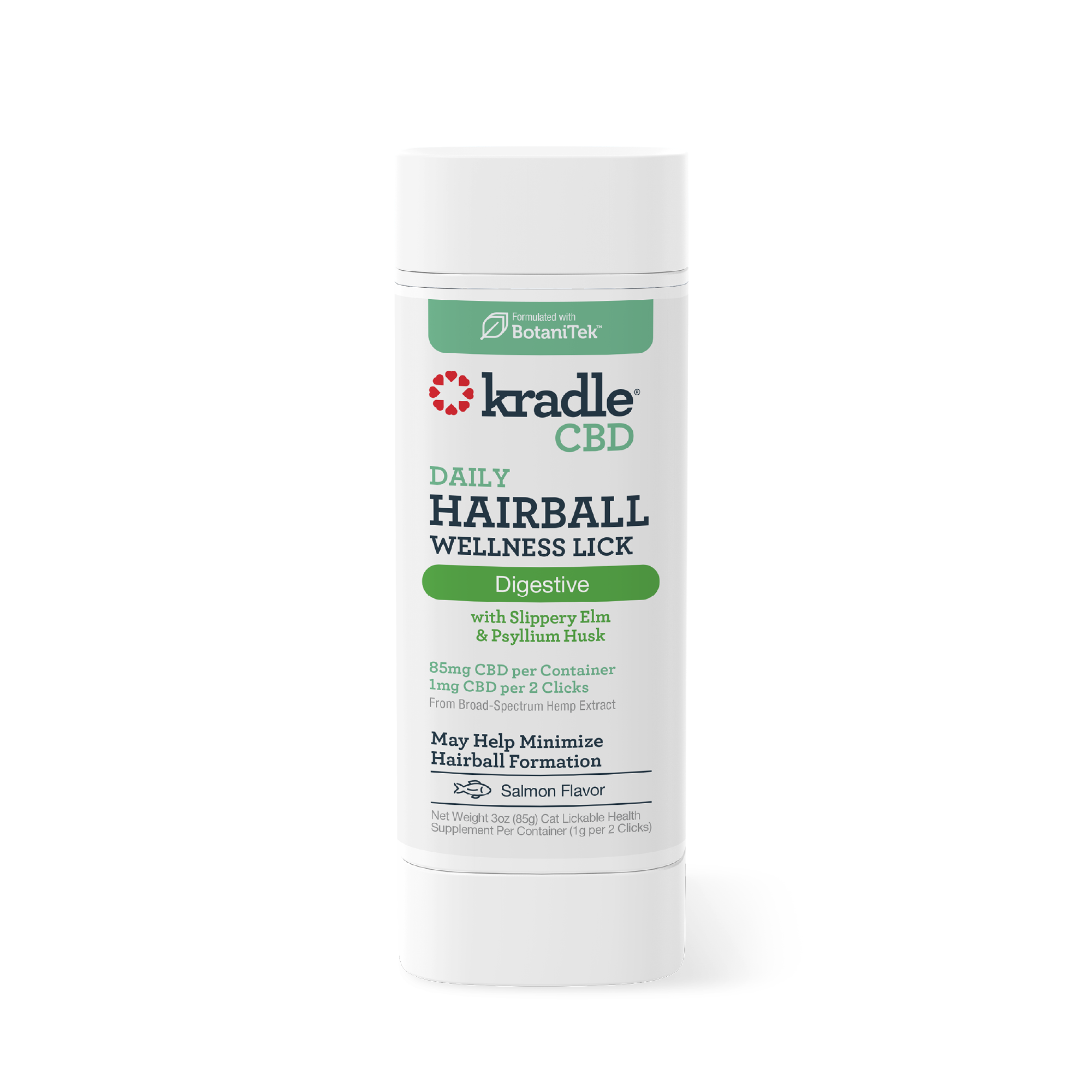
How to Treat a Dog’s Skin Infection at Home
If you're here searching how to treat dog skin infection at home, take a breath. You’re doing the right thing. Most of the time, these things start small and stay manageable if you catch them early—no need to panic. Just keep your dog close, pay attention, and go slow. A calm hand helps more than you think.
Signs Your Dog May Have a Skin Infection
Dogs don’t use words. But they tell you in tiny ways. You need to stop for long enough to see it.
Redness or Inflammation
You’re giving belly rubs like usual, and suddenly, your hand pauses. That spot feels warmer. The skin looks redder than the rest. Maybe puffier. You’re not sure what it is, but it wasn’t there yesterday. That’s your clue.
Excessive Licking, Chewing, or Scratching
If your dog keeps going back to the same spot, it’s not just grooming. It’s bothering them. And the more they lick, the worse it’s going to get.
Scabs or Crusty Patches
You run your fingers down their back and hit something rough. Not fur. Not skin. Just a flaky spot or a scab. It probably started as a scratch or bite, but it never healed because they wouldn’t leave it alone.
Hair Loss in Infected Areas
The fur’s missing. You notice it while brushing or scratching behind their ears. The skin under that bald patch might look shiny or even raw. That’s not just seasonal shedding. That’s something your dog’s been messing with.
Foul Odor from the Skin
You know how your dog normally smells. This isn’t that. It’s stronger. Sour maybe. Musty. Even after a bath, it lingers. That smell, especially if it’s coming from a single area, is a warning sign.
What Causes Skin Infections in Dogs?
It doesn’t just happen for no reason. There’s usually something behind it—an allergy, a scratch, or a bug bite that got out of hand. You don’t always know what triggered it right away but figuring it out can help you stop it from coming back.
Allergies (Food or Environment)
You might notice your dog chewing its paws after playing outside or scratching its ears more in the spring. Sometimes it’s pollen or it may be the food bowl. You try switching shampoos, changing treats, anything to stop the itch. That’s how a lot of these infections start—with something your dog’s reacting to, inside or out.
Bacterial or Fungal Overgrowth
It could be just one tiny scratch. Maybe from a stick. Maybe from a rough play session. Once the skin’s open, bacteria or yeast finds its way in. Warm, damp places like between the toes or under the collar are perfect for it. You clean it, but it still looks red. That’s how you know it’s more than just a surface issue.
Parasites Like Fleas or Mites
You might not even see them. One flea. One mite. That’s all it takes. Your dog starts scratching like crazy, and you think maybe it’s dry skin. But if they’re sensitive, that tiny bite can spiral into a full-blown infection before you catch it.
Scratching or Hot Spots
One itch turns into a raw, wet patch. Then your dog won’t leave it alone. These spots come fast. You wake up, and it’s suddenly worse. Hot spots don’t give you much warning. They need attention before they grow. It’s like the more they scratch, the more damage gets done.
Moisture Buildup in Skin Folds
If your dog has rolls—those cute little wrinkles around the nose or neck—moisture collects there. You wipe it, but it builds up fast. Dirt. Sweat. Drool. Once it sits too long, bacteria move in. That’s why dogs like bulldogs or pugs need those folds cleaned out every single day.
Safe Ways to Treat Minor Dog Skin Infections at Home
 Skin problems don’t always show up loudly. Sometimes, it’s just a spot you almost miss. But if you catch it early, there’s a lot you can do at home. You don’t need fancy tools. Just consistency and care.
Skin problems don’t always show up loudly. Sometimes, it’s just a spot you almost miss. But if you catch it early, there’s a lot you can do at home. You don’t need fancy tools. Just consistency and care.
1. Clean the Affected Area Gently
Use warm water and a soft cloth. You don’t need anything harsh. Wipe the area once, just enough to get rid of any dirt. No soap. No scented stuff. If your dog’s fur is thick, trim it around the spot. That helps the skin breathe and heal.
2. Apply Natural Soothing Agents
Sometimes, the skin just needs comfort. A little aloe vera or coconut oil can calm things fast. You can also try CBD Skin Recovery Spray. Just a dab helps settle things down. Watch how your dog reacts. If they seem more relaxed, you’re on the right track.
3. Use a Recovery Cone or T-Shirt Wrap
Nobody loves the cone. But it helps. If your dog won’t stop licking, cover the spot. Soft cones work great. Even an old t-shirt wrapped snugly can do the job.
4. Keep the Environment Calm and Comfortable
Stress slows healing. Keep things quiet. Stick to routines. If your dog seems restless, try CBD spray for dogs seasonal allergies or CBD Calming Chews for Dogs. They help take the edge off. When your dog’s body relaxes, the skin may follow.
How Kradle My Pet Supports Skin Health Holistically
Less Stress, Less Scratching
Some dogs lick because they’re nervous. Others scratch when they’re bored. Either way, the more worked up they are, the worse the skin gets. You can’t fix that with ointment alone. That’s where calming support matters.
When your dog feels safe, they settle. They don’t obsess over every itch. They rest more. And rest helps the body catch up and start repairing the damage.
Whole-Dog Wellness with CBD
You’re not just treating skin. You’re caring for a dog who feels weird and uncomfortable. That’s why we look at the full picture. What’s going on in their world? What’s throwing them off? CBD Products for Pets help support that inner calm so the outside can heal, too.
Kradle Skin Recovery Products
Kradle Skin Recovery Chews
These chews are for dogs who have occasional bouts of licking, scratching and pacing. It’s not about punishing the behavior—it’s about calming what’s underneath. When the mind slows down, the skin finally gets a break.
Kradle Skin Recovery Spray
This spray is for dogs who hate ointments. Quick, no mess and doesn’t sting. It needs just a light layer on the spot, dries fast and doesn’t leave anything sticky. Perfect for dogs who won’t sit still.
Creating a Stress-Free Recovery Environment
You’ve probably seen it yourself. When your dog is calm, everything works better. CBD for dog itching skin helps support that balance. Set up a quiet space. Keep their favorite blanket nearby. Let them rest. The less stressed they feel, the faster they bounce back.
FAQs About Treating Dog’s Skin Infection
Can I treat my dog’s skin infection without going to the vet?
You probably can if it’s small, not bleeding, and your dog still seems like their usual self. In those cases, you can watch it for a few days and help them heal at home. But if things feel off, don’t wait. Call your vet.
What can I safely put on a dog’s irritated skin?
Start with the basics. Something gentle. Something your dog won’t immediately try to lick off. Aloe, maybe. Or plain coconut oil. Keep it simple. And skip the stuff made for humans unless your vet okays it. If it smells too strong or stings your own hand, it’s probably not the right fit.
How long does it usually take to heal?
If you catch it early, you might see improvement in a couple of days. A week or two is common. But healing isn’t always neat. Some days look worse before they look better. Don’t panic. Just give it time, and try to keep your dog from picking at the spot.
Does stress really make skin issues worse in dogs?
Absolutely. Ever seen your dog lick their paw when they’re nervous? That’s not just a bad habit—it’s how they cope. And if they’re stressed for days on end, that licking adds up. Soothing their mind really can help soothe their skin, too.
Are there any natural home remedies I can try first?
Sure. A cooled green tea bag. A little diluted apple cider vinegar. Even a gentle oatmeal rinse. You just want to avoid anything too strong or too weird smelling. Your dog will tell you if it stings or if it’s working. You just must watch.
What’s the best way to prevent skin infections in the future?
Stay a step ahead. Wipe their paws after walks. Keep their ears clean. Brush them often enough to notice when something’s different. It’s the little routines that make the biggest difference.
A Few More Thoughts Before We Wrap Up
Learning how to treat dog skin infection at home doesn’t mean you have all the answers. It means you’re showing up when it counts. It means you’re trying.
Some days it’ll look like progress. Some days, it won’t. That’s okay. Healing’s never perfect. What matters is that you’re present, that your dog sees you watching out for them, and that you don’t give up on the care they can’t ask for.








